16 Unforgettable Natural Landmarks In The USA You Have To See

The U.S. is home to some of nature’s most jaw-dropping masterpieces—places so surreal they feel straight out of a dream.
From thunderous waterfalls and ancient forests to glowing canyons and hidden caverns, these natural wonders reveal just how awe-inspiring the American landscape truly is. Each one tells a story of time, power, and beauty you have to see to believe.
So grab your camera, lace up your boots, and get ready to witness the wildest side of the U.S. these iconic spots are nothing short of unforgettable.
1. Grand Canyon National Park, Arizona
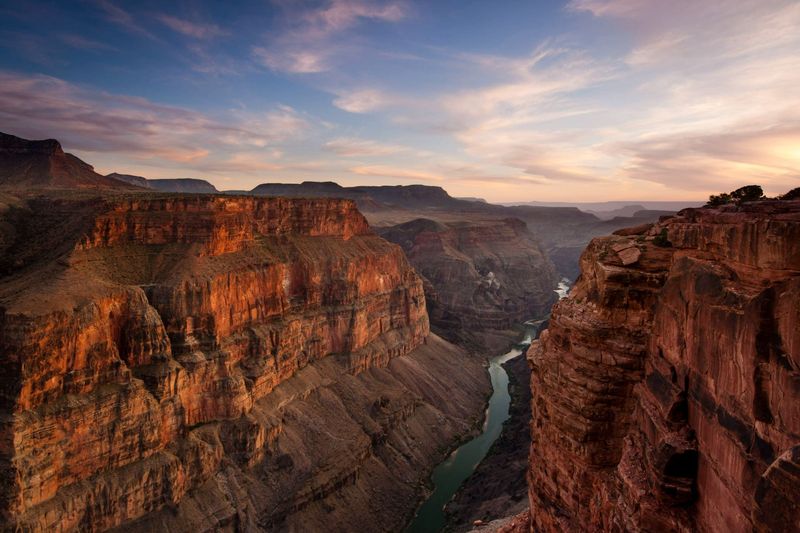
Standing at the rim feels like peering into Earth’s history book written in stone. The Grand Canyon stretches 277 miles long and plunges over a mile deep, revealing rock layers that tell stories spanning millions of years.
Your first glimpse will literally take your breath away as the massive chasm opens before you. The Colorado River carved this masterpiece over six million years, creating one of the most photographed landscapes in America.
Whether you hike the rim trail or venture down into the canyon, every viewpoint offers a different perspective of this geological wonder.
2. Yellowstone’s Old Faithful Geyser, Wyoming
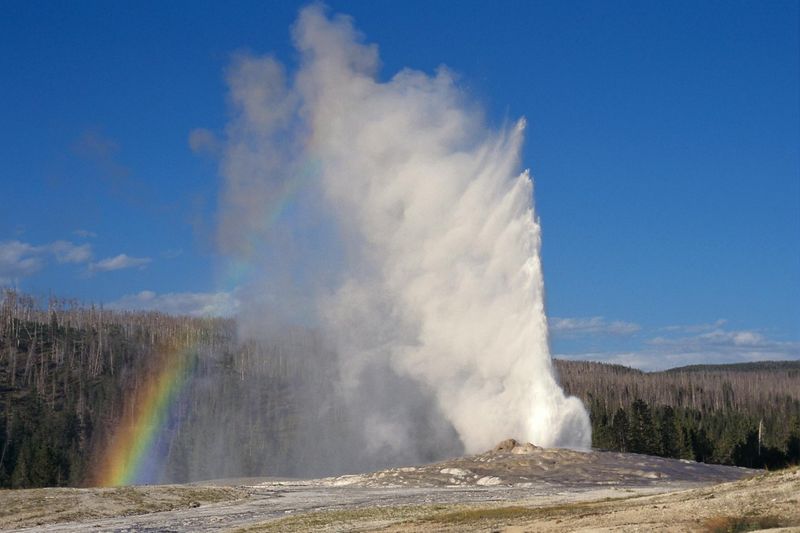
Every 90 minutes, this famous geyser puts on nature’s most reliable show. Old Faithful shoots boiling water up to 180 feet into the air, delighting millions of visitors who gather around the viewing area.
The geyser gets its name from its predictable eruptions, though each performance lasts between 1.5 to 5 minutes. Underground chambers fill with heated water until pressure forces it upward in a dramatic display.
Rangers can predict eruptions within 10 minutes of accuracy, making it easy to plan your visit around this incredible natural phenomenon that never gets old.
3. Niagara Falls, New York
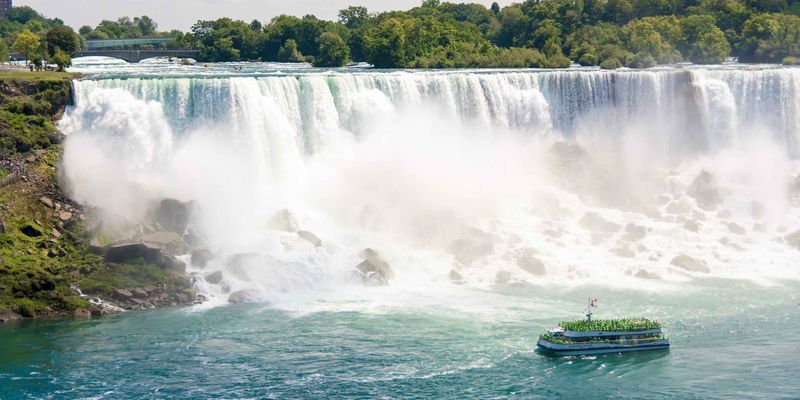
The thunderous roar hits you before you even see the falls. Niagara Falls drops 167 feet, sending 6 million cubic feet of water over the edge every minute during peak flow.
Three waterfalls make up this natural wonder: American Falls, Bridal Veil Falls, and the massive Horseshoe Falls. The mist creates rainbows on sunny days, adding magic to an already spectacular sight.
Take a boat ride on the Maid of the Mist to feel the power up close, or walk behind the falls for a completely different perspective of this watery giant.
4. Antelope Canyon, Arizona
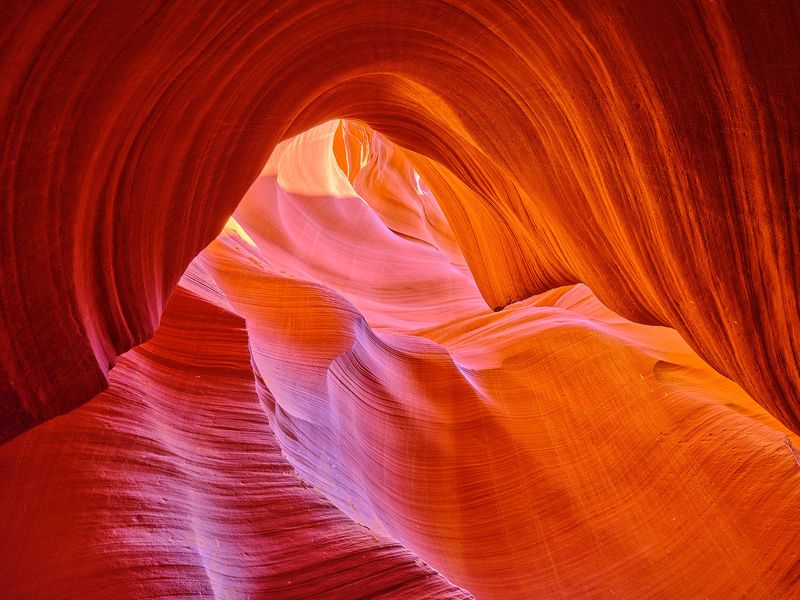
Walking through feels like entering a natural cathedral carved by wind and water. Antelope Canyon’s narrow passageways twist and turn, creating smooth, flowing walls that seem to dance in the filtered sunlight.
Flash floods over thousands of years sculpted these slot canyons into works of art. The Navajo name for Upper Antelope Canyon means ‘the place where water runs through rocks.’
Photography tours are popular here because light beams pierce through openings above, creating magical columns of illumination that seem almost supernatural against the colorful sandstone walls.
5. Mammoth Cave National Park, Kentucky
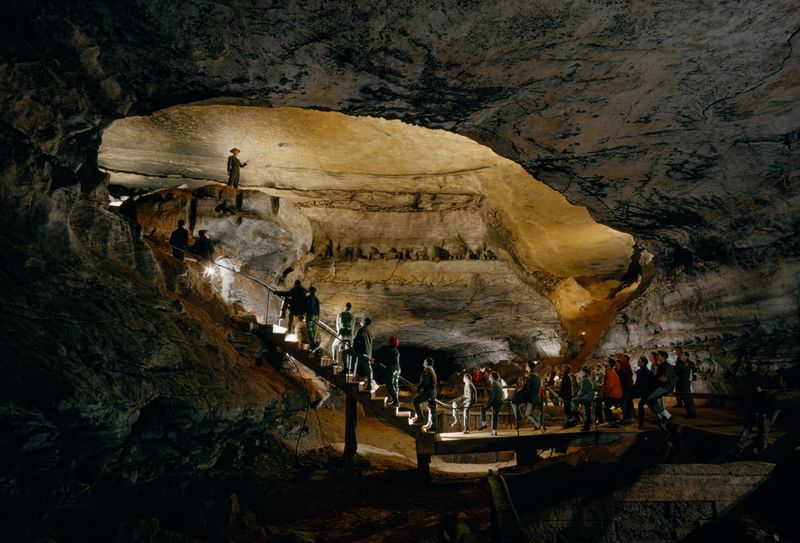
Beneath Kentucky’s rolling hills lies the world’s longest known cave system. Mammoth Cave stretches over 400 miles of surveyed passageways, with new sections still being discovered by explorers.
Tours range from easy walks to challenging crawls through tight spaces. The cave maintains a constant 54-degree temperature year-round, making it a perfect escape from summer heat or winter cold.
Ancient limestone formations create rooms as large as football fields, while delicate flowstone and gypsum formations decorate the walls like natural artwork that took millions of years to create.
6. Mount Rushmore, South Dakota
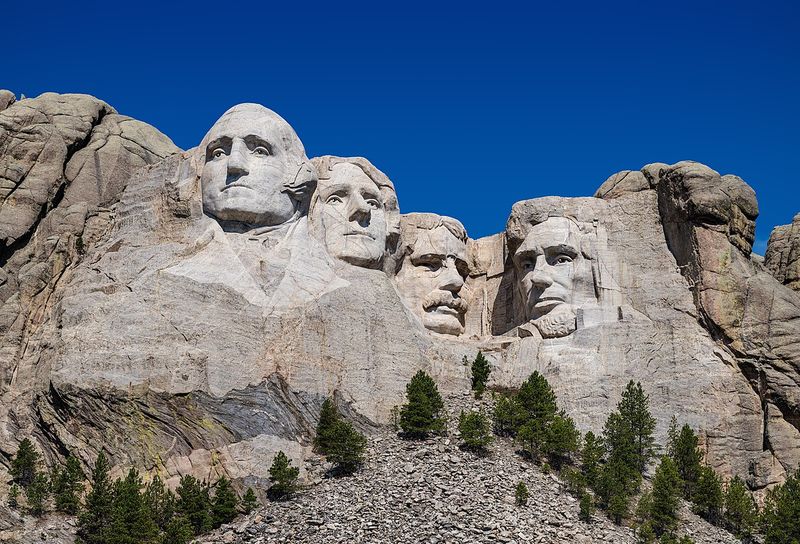
Four presidential faces gaze across the Black Hills from this granite mountainside. Mount Rushmore took 14 years to complete, with workers dangling from ropes to carve the 60-foot-tall faces of Washington, Jefferson, Roosevelt, and Lincoln.
The monument combines human artistry with natural beauty, sitting 5,725 feet above sea level. Each face could fit a six-story building, showcasing the incredible scale of this ambitious project.
Beyond the famous faces, the surrounding Black Hills offer hiking trails, wildlife viewing, and stunning views of the Great Plains stretching to the horizon.
7. Redwood National and State Parks, California

These ancient giants make you feel like an ant in a forest of skyscrapers. Coast redwoods can live over 2,000 years and grow taller than the Statue of Liberty, with some reaching heights of 380 feet.
The tallest tree on Earth, named Hyperion, grows somewhere in these parks but its exact location remains secret to protect it. Fog from the Pacific Ocean provides the moisture these trees need to thrive.
Walking among these living monuments connects you to a time when dinosaurs roamed the Earth, as these tree species have survived since the age of giants.
8. Arches National Park, Utah
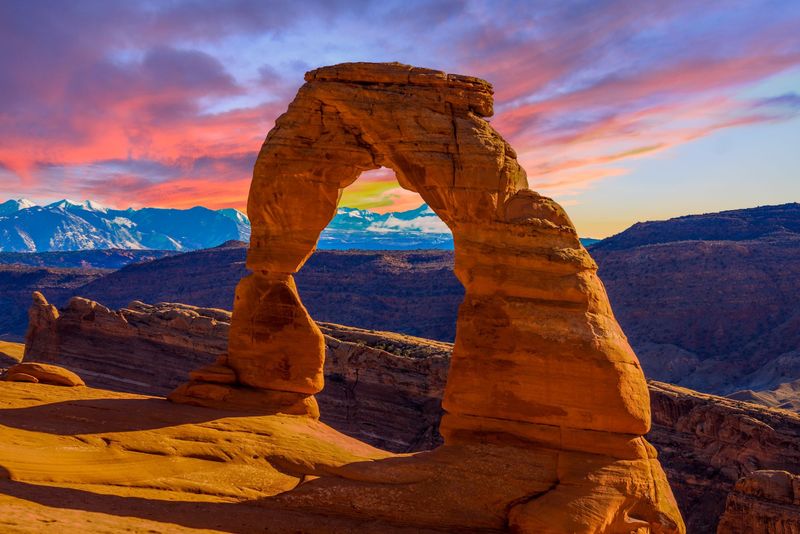
Over 2,000 natural stone arches dot this red rock wonderland in Utah. Delicate Arch, featured on the state’s license plate, stands 65 feet tall and perfectly frames the distant mountains behind it.
Water, ice, and extreme temperatures slowly carved these sandstone sculptures over millions of years. Each arch tells a story of erosion and time, creating windows through solid rock.
The best time to visit is during sunrise or sunset when the red rocks glow like fire. Many arches can be reached by easy walks, making this natural art gallery accessible to most visitors.
9. Glacier National Park, Montana
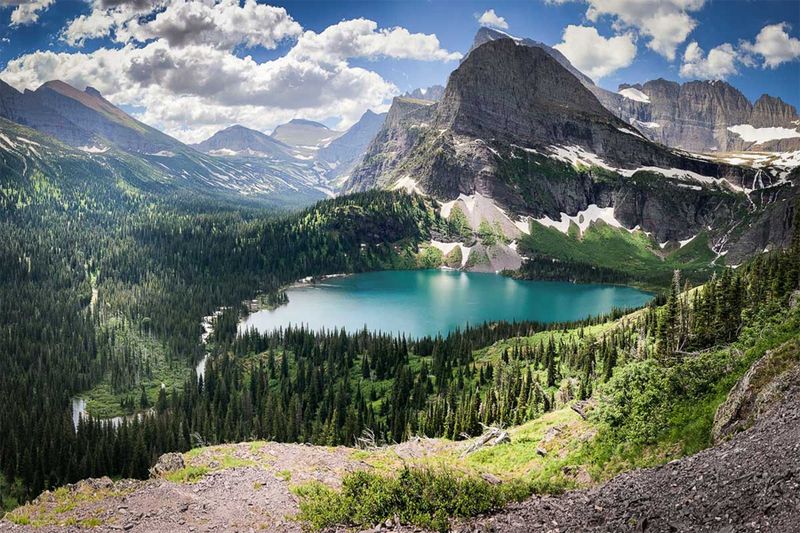
Once home to over 150 glaciers, this park now has fewer than 26 due to climate change. The remaining glaciers continue to shape the landscape, carving valleys and creating the pristine lakes that mirror the towering peaks.
Going-to-the-Sun Road offers one of America’s most scenic drives, winding through mountain passes and alongside crystal-clear lakes. Mountain goats and bighorn sheep often pose for photos along the roadside.
Over 700 miles of trails lead to hidden waterfalls, alpine meadows filled with wildflowers, and viewpoints that showcase the raw beauty of the northern Rocky Mountains.
10. Death Valley National Park, California

America’s hottest, driest, and lowest national park holds the world record for air temperature at 134°F. Despite its ominous name, Death Valley bursts with life during the right conditions, including colorful wildflower blooms.
Badwater Basin sits 282 feet below sea level, making it the lowest point in North America. The white salt flats stretch for miles, creating an otherworldly landscape that photographers love.
Zabriskie Point offers sunrise views that paint the badlands in gold and purple hues. The silence here is so complete you can hear your own heartbeat echoing across the desert floor.
11. Bryce Canyon National Park, Utah
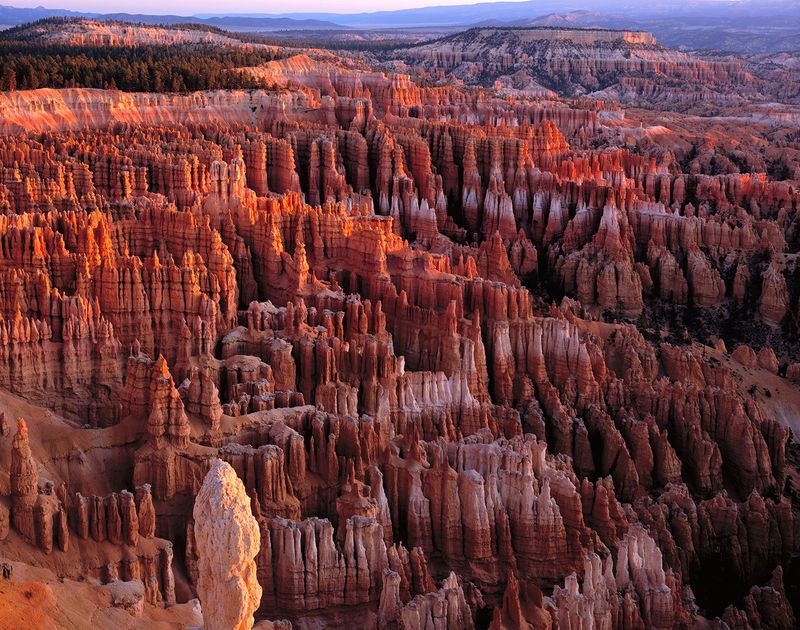
Thousands of red rock spires called hoodoos create a natural amphitheater that looks like a fairy tale city. These limestone pillars formed over millions of years as water froze and thawed in cracks, slowly breaking apart the rock.
The park sits at high elevation, so temperatures can drop below freezing even in summer nights. This freeze-thaw cycle continues to shape the hoodoos, making each visit slightly different from the last.
Sunrise Point offers the most spectacular views as the first light sets the red rocks ablaze. The contrast between the colorful formations and bright blue sky creates perfect postcard scenes.
12. Crater Lake National Park, Oregon
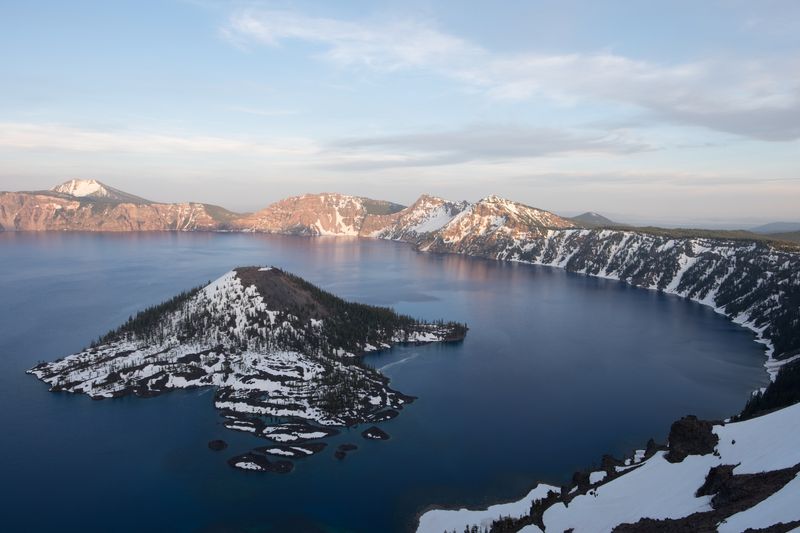
This impossibly blue lake fills the caldera of an ancient volcano that collapsed 7,700 years ago. Crater Lake reaches depths of 1,943 feet, making it the deepest lake in the United States.
The intense blue color comes from the lake’s depth and purity – no streams flow in or out, so the water comes entirely from rain and snowmelt. Wizard Island, a small volcanic cone, rises from the lake’s surface.
Snow often covers the rim until July, but the contrast between white snow and deep blue water creates stunning photographic opportunities that capture the raw power of volcanic forces.
13. Zion National Park, Utah
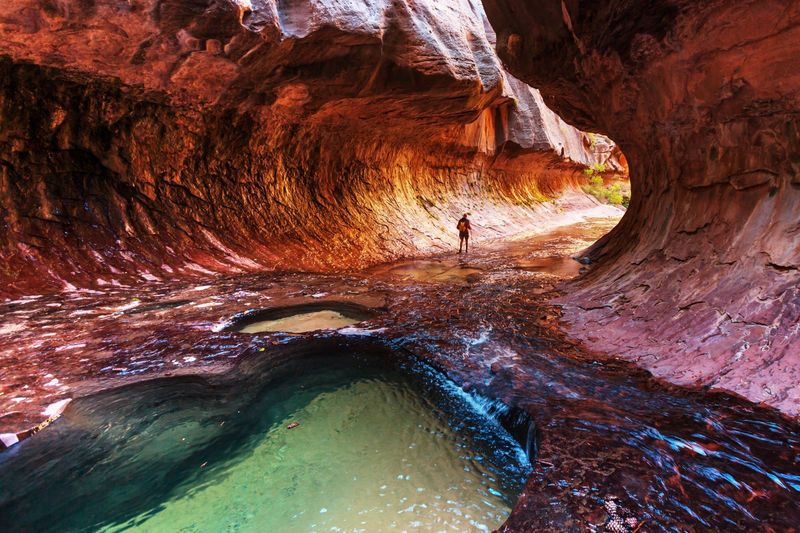
Towering sandstone cliffs rise 2,000 feet above the Virgin River, creating one of Utah’s most dramatic landscapes. The Narrows hike takes you through slot canyons where walls tower overhead and you walk through the river itself.
Angels Landing trail challenges brave hikers with chains to help navigate the final approach to a knife-edge ridge. The views from the top showcase the entire Zion Canyon spread below.
Spring brings wildflowers and flowing waterfalls, while fall offers perfect hiking weather and golden cottonwood trees along the river. Each season reveals different aspects of this red rock paradise.
14. Yosemite Falls, California
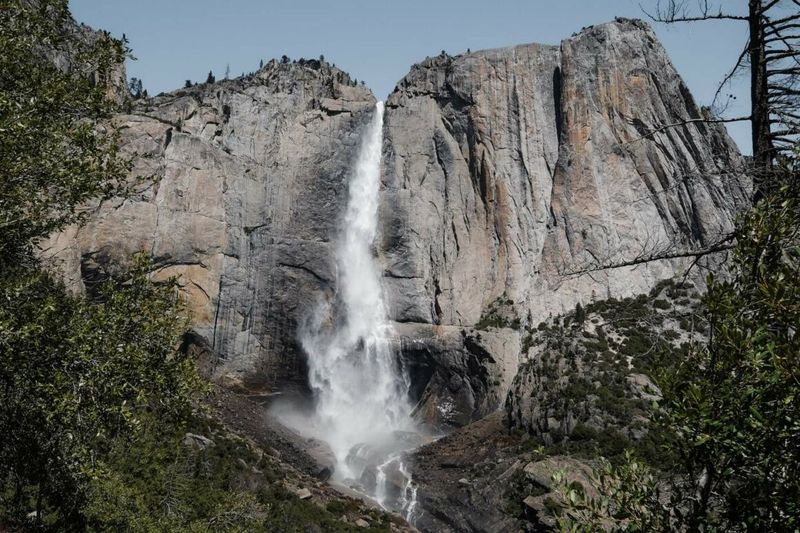
At 2,425 feet tall, Yosemite Falls ranks as North America’s tallest waterfall. The water drops in three sections: Upper Fall, Middle Cascades, and Lower Fall, creating a spectacular display visible from throughout Yosemite Valley.
Peak flow occurs during spring snowmelt when the falls thunder with tremendous force. By late summer, the falls may reduce to a trickle or even dry up completely, showing nature’s seasonal rhythms.
The hike to the top takes most of the day but rewards you with views across the entire Sierra Nevada range. Even from the valley floor, the falls dominate the landscape with their sheer power and beauty.
15. Devils Tower, Wyoming
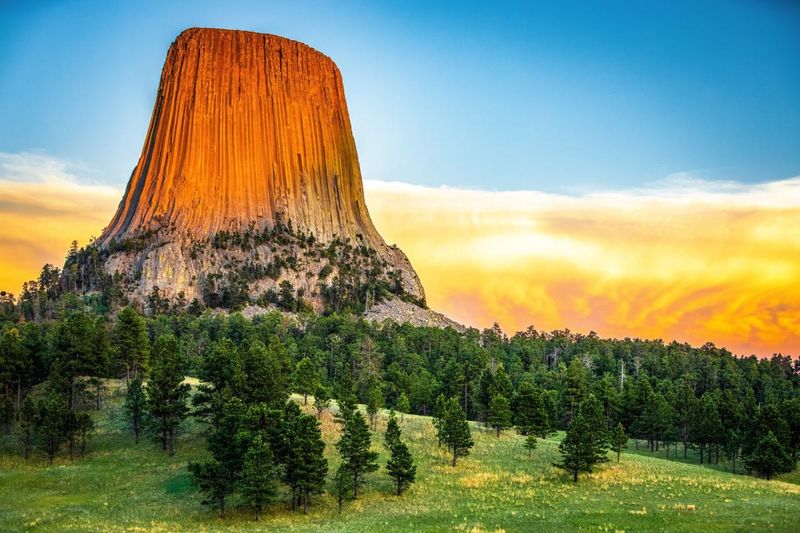
This mysterious tower of rock rises 867 feet from the Wyoming prairie like a giant tree stump. Devils Tower formed from cooling magma that hardened into vertical columns, creating perfect cracks for rock climbers to follow.
Native American tribes consider this sacred ground, with legends telling of bears clawing the sides while chasing people to the top. The vertical grooves do resemble massive claw marks running up the tower’s sides.
America’s first national monument attracts both climbers and sightseers who circle the base on an easy walking trail. Prairie dogs live in the surrounding grasslands, adding wildlife viewing to the geological wonder.
16. The Wave, Arizona
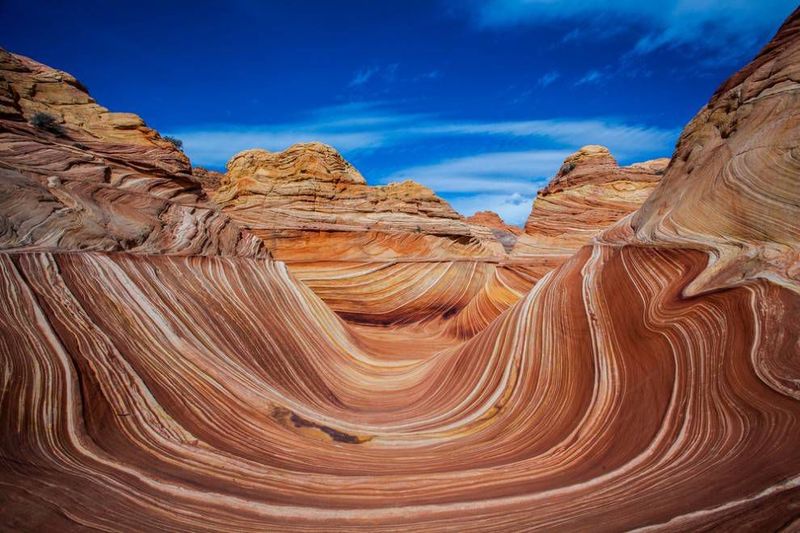
Only 20 people per day can visit this incredible sandstone formation through a permit lottery system. The Wave’s flowing lines and swirling patterns look like frozen ocean waves made of solid rock.
Located in the Coyote Buttes area, this formation took millions of years to create as wind and water carved the Navajo Sandstone into these flowing shapes. The colors range from deep red to bright orange and yellow.
No marked trail leads to The Wave – visitors must navigate using photos and GPS coordinates. This remote location and limited access make it one of the most exclusive natural wonders in America.
